Textile heat transfers come in three technologies when it comes to peeling. This can be “hot peel”, “cold peel”, or “hot split”. But what is the difference between them.
First, the main difference lies in the transfer paper or foil.
Cold Peel Heat Transfers
These heat transfers are the oldest type of textile heat transfers. As the name might tell, they must be peeled off in a cold state. This is for the fact, that the transfer paper itself shows a rather strong bond to the print at all temperatures. When trying to peel the transfer paper while the print is still hot the paper will lift the still soft print from the garment. This causes failures in adhesion to the textile and reduce its durability.
Another point worth knowing is, that the transfer should be as cold as possible before peeling. Due to this the print can solidify and the final bond to the textile gets stronger.
Hot Peel Heat Transfers
These heat transfers are produced to be peeled off directly after pressing, when the textile and transfer are still hot. Therefore, the release layer of the transfer paper and the inks are designed to be non-adhesive when hot. By this no time is wasted by waiting for the transfer to cool off before peeling. But it carries a risk.
If the transfer paper does not release properly because it was too cold, the ink will be lifted during the peeling process. This can have a negative impact on the final adhesion and durability of the print. In other words, where the cold peel heat transfers must be cooled off, the hot peel heat transfer needs to keep the heat up.
Hot Split Heat Transfers
This type of transfer is one, where the ink plays a bigger role. Just like with hot peel heat transfers, these must be peeled off when still hot. But other than with hot peel transfers where the release layer is meant to release the whole print. It rather splits the print within the color layer, which is where the name comes from. Due to this a small rest of ink will remain on the transfer paper.
Especially if a vintage look is required or the print should be extra breathable, a hot split heat transfer will do the trick.
Instant-Peel Transfers
Another variant, used especially in DTF printing, is the instant-peel film. This is just one of the many names for a special film. It is designed so that the release coating of the film can be peeled off regardless of the temperature. Thanks to this feature, you can play it safe and let a design with fine elements cool down before peeling it off, or to save time, peel it off right after pressing.
For this reason, such a foil is the standard in our DTF printing for the consumables.
In Short
When having the time to let the transfer cool down before peeling, a cold peel heat transfer is a great choice as it achieves a good bond when applied and peeled off correctly.
In cases where time plays a big roll, like when using transfers in an automatic heat transfer machine, a hot peel transfer is a better choice. Even though these often times cost a little more.
Hot split transfers are the go to when an extra soft feel or a special look is required.
Summed up, none of these is better than the others, just different.
Our Transfer Solutions for You
We have the right foils for you for DTF printing. Especially our Instant-Peel foil, which can be peeled off directly after pressing or once cooled down, is perfect for this process. But also classic Cold Peel films are available. Converted into 100m long rolls with 60cm width they are perfect for every DTF printer.
Furthermore, we can print Transfers for you so that you can apply them yourself. For this we use appropriate foils in combination with the DTF printer - DIGITRAN FlexLine DTF600 MK-II. Benefit from intensive colors, high stretchability and washability.
Click this button to get in touch with us for a personal consultation. To make sure that your products can benefit from this unique, clean and digital printing technology as soon as possible.
Further Posts
Matt or glossy? With #DIGITRAN digital heat transfer technology you can have both!
With the correct digital heat transfer decals and heat transfer equipment, you can make this decision even after the transfers have been printed. And that without the use of any varnishes!
Print or get printed – short run solutions for your cosmetic tubes. With DIGITRAN technology you can make that choice. Always digital and with an outstanding quality.
When it comes to short run printing of cosmetic tubes you are often confronted with many problems. Either it is expensive, or you must cutback when it comes to quality. In the worst case your request will be simply declined.
For this reason we have addressed these issues and developed a set of solutions.
Changing designs paired with an ongoing number on a cosmetic tube. Absolutely no problem. You think it, we print it.
These 20ml cosmetic tubes have even more than those two features. Take a close look at the grey line right below the red, ongoing number. Believe it or not, this is a 1-point small text printed in bold or regular style. Besides that
This airless dispenser says it all: Summer is not over, yet!
Printed with digital heat transfers on a DIGITRAN heat transfer machine.
For packing creams there are several solutions including jars or tubes, and there are airless dispensers.
If you want to keep your product safe from drying out or going bad due to air getting inside your packaging, these last one might be the best choice for you.
Especially with your product being a high-quality cream or serum,…
Polypropylene (PP) is a material used in many applications from cosmetics to promotional products due to its properties such as hardness, resistance and costs. However, what are important and desired properties for some are an issue for others. That’s because

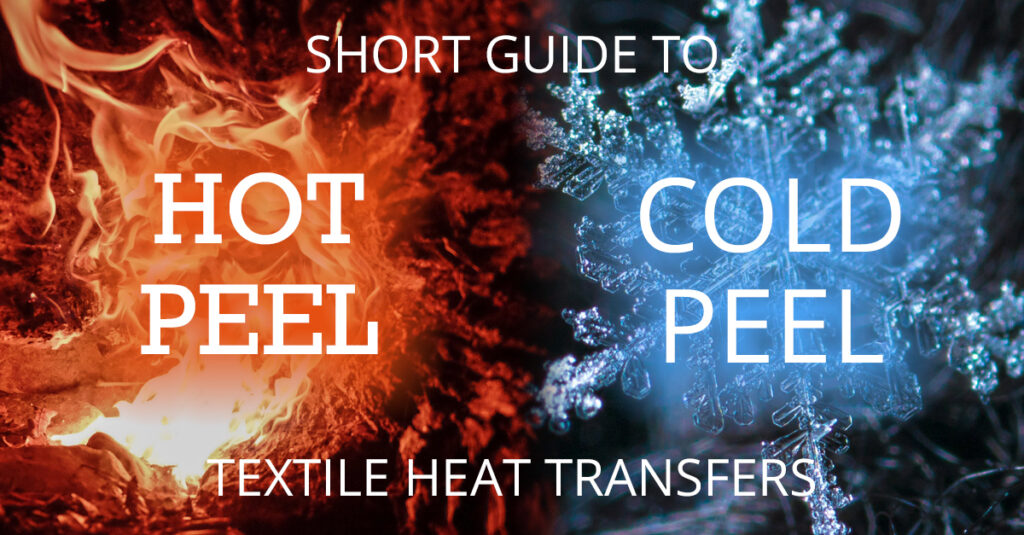
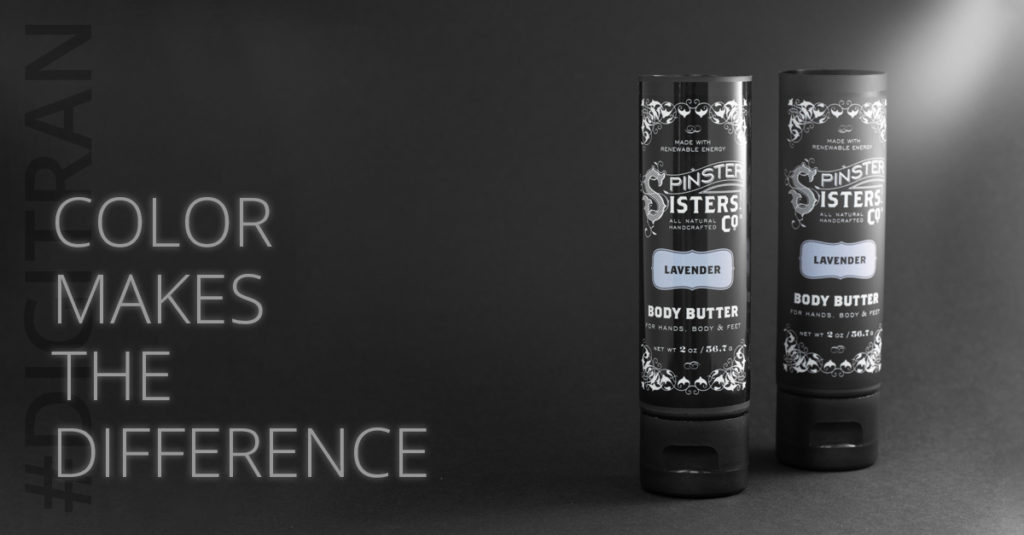
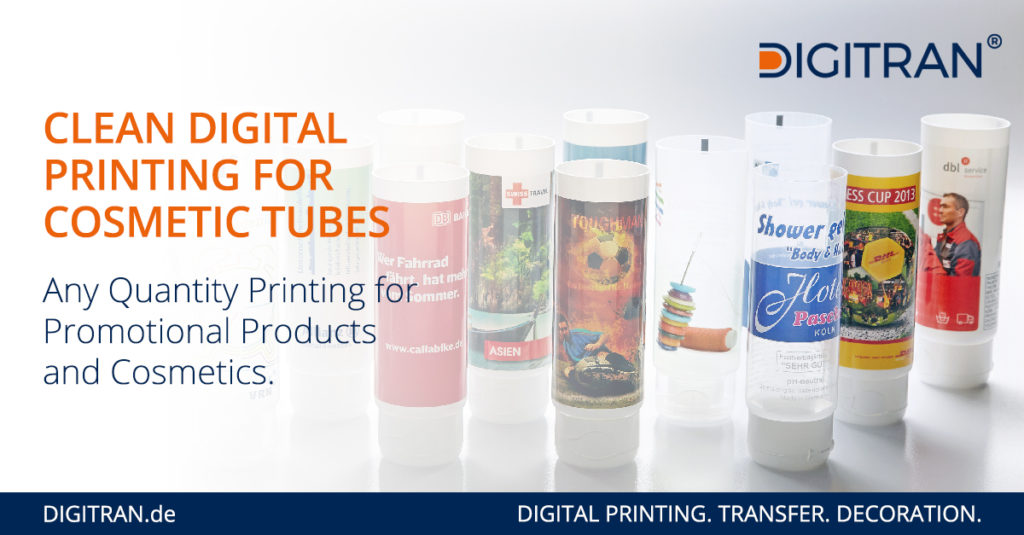
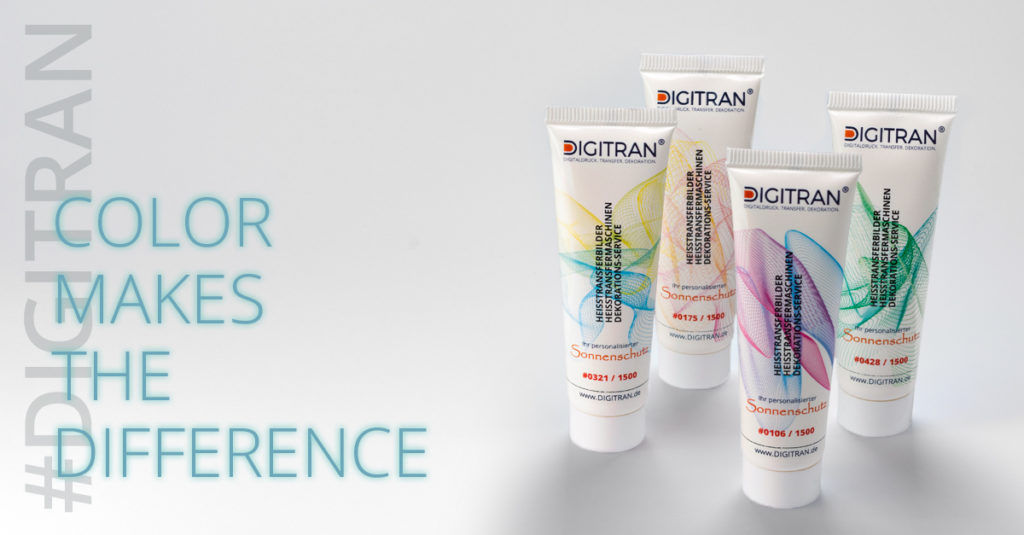
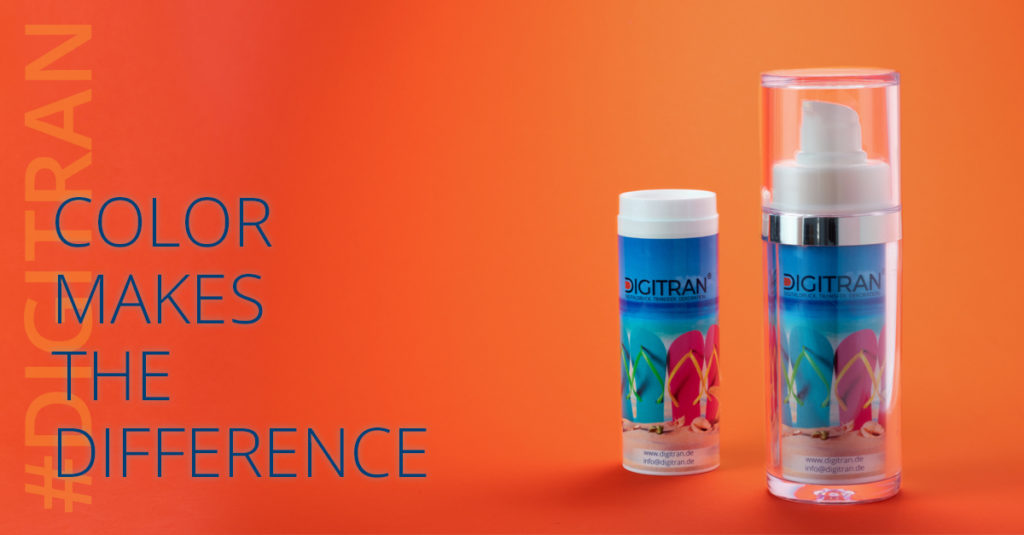
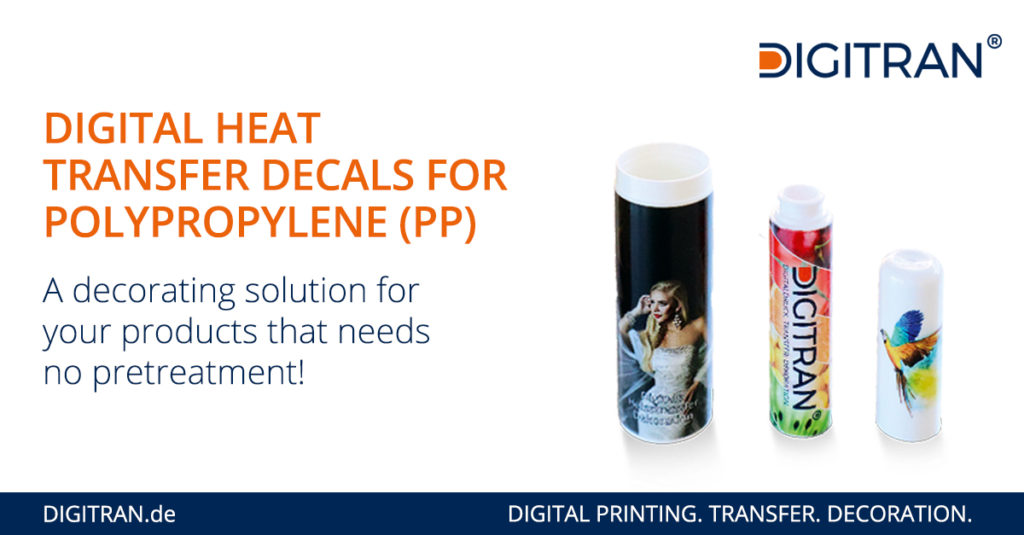
Pingback:Cold Peel vs. Hot Peel: Which DTF Technique Works Best? – DTF PrintCo – Printing Radar